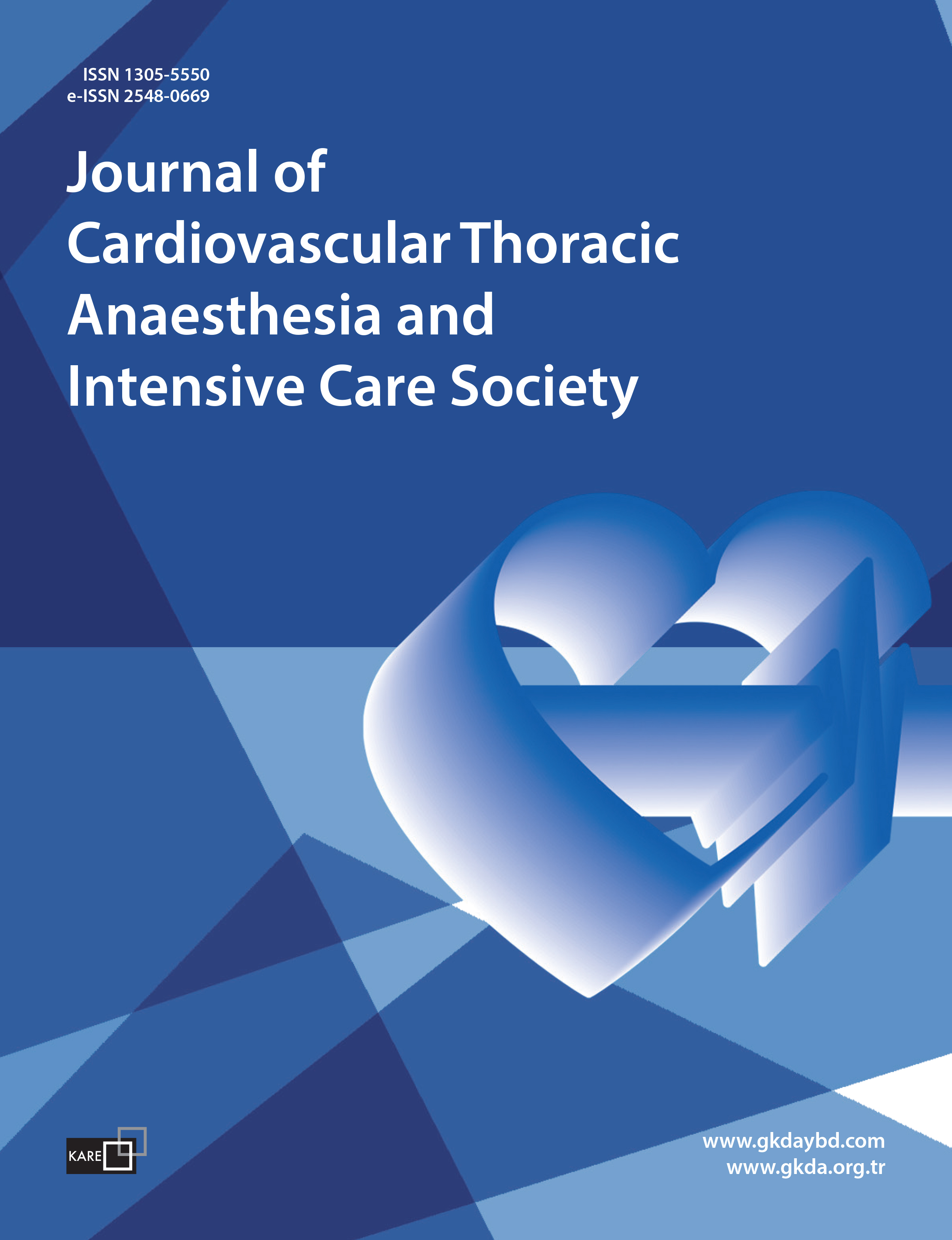

Intraoperative Massive Hemorrhage and Management in Thoracic Surgery
Nur Nazire Yucal1, Tülay Çardaközü21Department of Anesthesiology and Reanimation, Başakşehir Çam and Sakura City Hospital, İstanbul, Türkiye2Department of Anesthesiology and Reanimation, Kocaeli University Faculty of Medicine, Kocaeli, Türkiye
Massive hemorrhage (MH) is most commonly seen in acute trauma, complex cardiac surgery, obstetric hemorrhage, and coagulopathic patients. However, it can also occur during any intraoperative event and remains one of the greatest challenges for anesthesiologists. Major intraoperative bleeding is less common in thoracic surgery than in the past. The use of minimally invasive surgical techniques and the widespread implementation of patient blood management strategies starting from the preoperative period can be considered among the contributing factors. Although the incidence of MH in thoracic surgery is low, its mortality rate is high. Massive airway bleeding (hemoptysis) and major vascular injuries have been identified as conditions with a high risk of MH. In thoracic surgery, MH is a rare but life-threatening condition. Effective communication between the operating room team and the blood bank, along with a well-organized approach, is crucial. Ensuring adequate intravenous access during MH is a priority. Additionally, patient positioning should be carefully managed to increase preload and cerebral perfusion. Intraoperative MH is a rare but highly fatal condition in thoracic surgery.
Keywords: Blood transfusion, massive hemorrhage, thoracic surgeryManuscript Language: English
(31 downloaded)

















